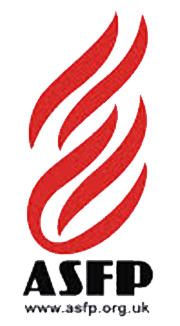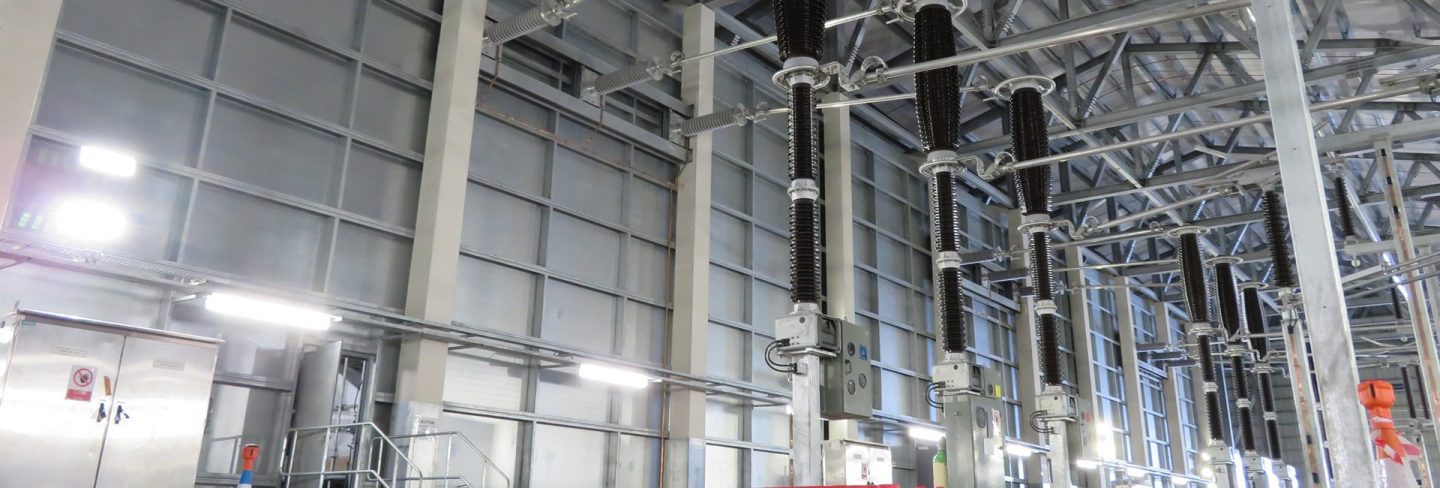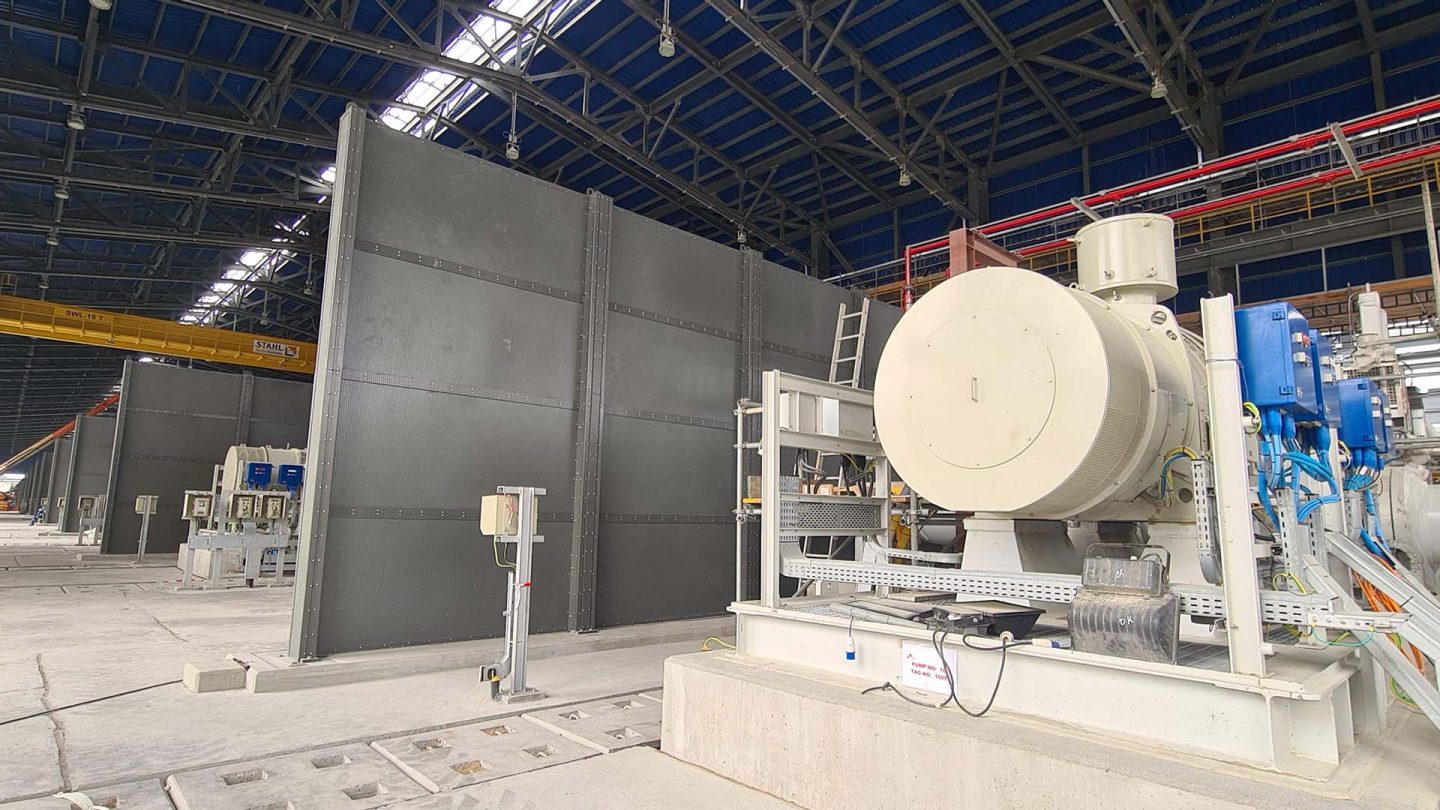For your information
You are being redirected to one of our divisional subsites which contains more detailed information on the required division. To navigate back to the main Invicta Group site, please click the link found in the footer at the bottom of the page.
- Durasteel
Discover the benefits of Durasteel
- Systems
Systems
- Expertise
Expertise
-
Applications
- Aircraft Hangar Fire Protection
- Battery Storage Facilities
- Building Fire Compartmentation
- Anti-Terrorist Blast Protection
- Cable Tunnel Fire Compartmentation
- Equipment Delivery Hatches
- Equipment Enclosures
- Heat Shields
- Power Station Fire Protection
- Metro and Rail Fire Protection
- High Voltage Cable Protection
- Substation Fire & Blast Protection
- Tunnel Fire Protection
- Oil & Gas Fire & Blast Protection
- Ventilation Systems
- Wind Farm Fire Protection
-
Applications
- Projects
- Insights
Insights
-
Articles
- Blast Protection System Design Considerations & Design Criteria
- How to Conduct a Fire Risk Assessment for Factories and Warehouses
- Minimising the Risk of Fire, Blasts & Explosions in the Middle East
- Integrity, Stability and Insulation in Passive Fire Protection
- Triangle of Fire & Active vs Passive Fire Protection
- Frequently Asked Questions
- A to Z of Terms
-
Articles
- Contact
Contact

UK +44 1843 220 256

US +1 305 328 9444

UAE +971 4 277 6225

Qatar +974 4441 4340

India +91 79945 14049

Malaysia +60 16 286 6225
- Start your project
Australian Bushfires Demonstrate Lessons in Fire Protection
2nd June 2020
Beating around the bush
Quick Quote
Contact Fraser Shearer Sarun Vysakham Ben Tan Anand Raghavan Anand Raghavan Our USA Office
To get a quotation or arrange a free site survey - Call Fraser Shearer Sarun Vysakham Ben Tan Anand Raghavan Anand Raghavan Our USA Office on
-
 UK
UK
-
 UAE
UAE
-
 Malaysia
Malaysia
-
 India
India
-
 Qatar
Qatar
-
 USA
USA
Current location:
Quick Quote
Contact Fraser Shearer Sarun Vysakham Ben Tan Anand Raghavan Anand Raghavan Our USA Office
-
 UK
UK
-
 UAE
UAE
-
 Malaysia
Malaysia
-
 India
India
-
 Qatar
Qatar
-
 USA
USA
Current location:
It’s difficult to remember in this period of pandemics and protests, but no topic drew more attention early this year than the deadly bushfires in Australia. An unusually long and hot ‘fire season’ saw isolated blazed snowball into ravaging fires, which tore across large swathes of the country. An untold amount of damage was ultimately done to wildlife and property already, with the fires only petering out fairly recently.
While there are other factors at play in the spread of the Australian bushfires, the loss of life and property has raised a few questions about how we prepare for wildfires. With the fires encroaching on urban areas – and fires set to worsen around the world – it may be time to query the way we approach fire protection. Retrofitting buildings to better deal with wildfires could save money and lives, preparing us for a harsher and hotter future.
Alarming fires
Wildfires are not an uncommon occurrence in Australia; in fact, they’re surprisingly common everywhere. Through a combination of prolonged temperatures, minimal rainfall and incidents of arson, Australia commonly goes through a ‘fire season’ in the summer months. However, the current fire season started some two months earlier than usual, and continued on a scale that was almost unprecedented in Australian history.
While there can be no certainties at this stage, it’s estimated that at least one billion animals have been killed by the Australian bushfires, with the possibility that some species have been driven to extinction. Many of Australia’s most iconic animals – including koalas, quokkas and a variety of rodents and birds – are either too slow to escape fires, or have had their habitats and food sources destroyed. Only the Black Saturday bushfires in 2009 come close; many more people died in those fires, but the blazes only lasted a month, and did not consume nearly as much land as the current fire season.
What is especially unusual about these fires is the extent to which they have encroached on human settlements. While the government is partly to blame for this – many areas affected in previous fires have been resettled – these bushfires have also shown a propensity to cross distances rapidly, and set buildings ablaze without the actual fire touching them. This isn’t a phenomenon unique to Australia, either, with record-breaking blazes wreaking havoc across California last year, killing dozens and knocking out power for weeks.
Fanning the flames
Given the legacy of deadly bushfires in Australia, you would think that no effort or expense would have been spared to prevent the problem from escalating. Yet while much has been done to limit the impact of bushfires, there is still a lot that hasn’t changed. A prime example of this is the outcomes of the Black Saturday fires, the scope of which drove calls for immediate change. While a new national building code and rating system were devised for new builds, existing houses are not forced to retrofit, and many of the houses destroyed in high risk areas were simply rebuilt where they had stood.
What the building regulations – most recently updated just last year – cottoned onto was the fact that embers, not fire, are the biggest risk in a major conflagration. The intense heat of these kinds of bushfires causes huge swells of burning embers, which can drift for miles and blow onto houses which the fire would never reach. While traditional advice was (and often is) simply to remove vegetation around houses, this has proven to be counter-productive: not only does it not protect the houses, it also intensifies droughts, increasing the risk of wildfires.
Research emanating from the United States has found that gaps larger than 2 millimetres in the facade of a building can allow embers in, potentially igniting a range of common materials. Embers can also ignite dry plant life around a building, but a watered and healthy plant is unlikely to ignite. And the greatest risk still comes from the building itself; if one individual or contractor builds a non-compliant house, it places an entire neighbourhood at risk.
Lessons learned
It’s clear that the knowledge exists to stop preventable damage and loss of life from bushfires like those in Australia, and from wildfires in general. Yet the accelerating pace of climate change also means that people may need to relocate. Ancestral homes in risk areas may have to be abandoned, and finding new homes for large numbers of people may prove tricky. This is not to mention the work that may be required to retrofit houses, the legislation that still needs to be updated around the world, or the difficulties of enforcement.
The obvious starting point is improving the levels of passive fire protection in danger areas around the world – and acknowledging that these danger areas are growing. Despite the irrefutable evidence of climate change, there remains a level of stubbornness among policymakers, owing perhaps to the expense of dealing with the problem. People across the world need to rally and use the momentum of the horrible events in Australia to drive change, before more preventable tragedies occur.
Yet dealing with bushfires and other wildfires requires more than encouraging the spending of money on retrofitting houses; it requires an active effort from individuals to mitigate the effects of climate change. There also needs to be an acceptance that people’s habits – and indeed homes – may have to change. The onus is on businesses and governments to make that transition as smooth as possible, and to ensure that saving the planet is a moral choice, not an economic one. If these tragic fires don’t prompt that, few things will.
Accreditations & Affiliations











SpecUp - System Specification Wizard
Answer the 5 short questions below to receive your recommended Durasteel system specifications. Hover over the ? icons for a brief explanation.
Question 1/5
Type of system required?
Question 2/5
Fire rating required?
Question 3/5
Fire integrity-only or integrity and insulation?
Question 4/5
Fire attack risk from one side or both sides of the system?
Question 5/5
Blast rating required in addition to fire rating?
Creating your results page
Thanks for completing the SpecUp, you’ll be redirected to your results shortly.
Click here if you aren't redirected after a few secondsStart your project
Tell us about your project. Please complete this form. One of our sales team will come back to you with more details. If you prefer, you can drop us an email.




Share/Like this page